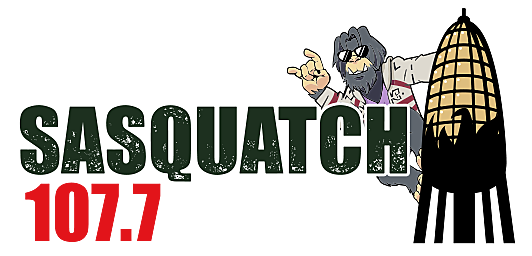
Ways You’ll Feel the Squeeze From Higher Interest Rates Here in Minnesota

The Fed took the unusual step of increasing interest rates again last week, so here's how you might feel the effects of that decision here in Minnesota.
If you're like me, you might have heard about the Fed passing on another interest rate hike but wondered just what it means, and if you or I will even notice. As it turns out, you might indeed feel the squeeze from rising interest rates right here in the North Star State.
You might have heard of 'the Fed'-- but what is it?
First off, 'the Fed' gets mentioned a lot these days with regard to inflation and the economy. So just what is 'the Fed'? It's actually a nickname for the United States Federal Reserve, which is the central bank of the U.S.
According to USA Facts, the Fed is in charge of five functions of our economy: "To conduct the nation’s monetary policy, promote the stability of the financial system, promote the soundness of financial institutions, facilitate US dollar transactions, and promote consumer protection," it noted.
So what did the Fed do?
To try to get a handle on rising inflation (which was the highest it's been in 40 years in May) the Fed voted last week to increase interest rates by three-quarters of a percent. And while that doesn't sound like a lot, it could make several things more expensive for those of us living here in the Land of 10,000 Lakes.
Mortgages will now be more expensive
For instance, Axios notes that getting a mortgage will now be more expensive. If you have a typical 30-year fixed-rate, your payments likely won't change. But if you were to buy a new home or refinance an existing mortgage, with this change, you'll pay more per month, as rates have increased to over 6% (when last year at this time, there were around 3.1%.)
Credit cards companies will charge more if you have a balance
If you're carrying a balance on any credit cards, get ready to pay more each month as well. Axios said that the average credit card rate is now at 16.7% — up from 16% last year, according to BankRate. Which means you'll be paying more per month.
Car and vehicle loans will be more expensive too
Again, if you already have a loan for your vehicle, your payment likely won't change. But Axios said if you finance a new or different vehicle, those rates are up as well, hovering now around 5.1% in May, up from 4.5% a year earlier and the highest level since March 2020. Meaning, again, your monthly payment will likely increase. Axios also noted the average monthly car payment jumped this spring to an all-time high of $656 for new and $546 for used vehicles.
Is there any good news?
Axios said if you're a saver-- and have any money in a financial institution-- the interest rate you're paid increased as well, though because inflation is rising faster, it'll likely eat up any increase you might see.
Listen to Curt St. John in the Morning
Weekdays from 6 to 10 on Quick Country 96.5
LOOK: Here are 25 ways you could start saving money today
More From Sasquatch 107.7 - The Rock of Rochester










